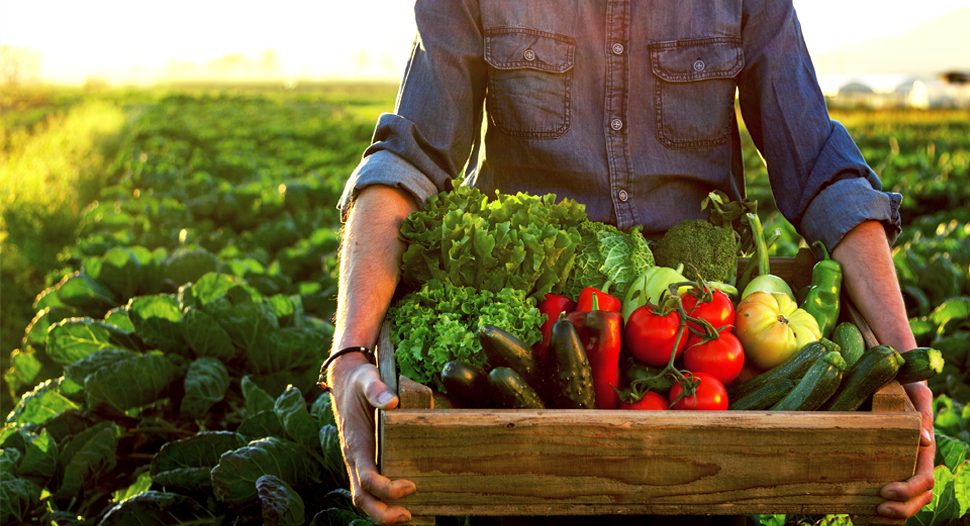Once found only in health food stores, organic food is now a regular feature at most supermarkets. And that has created a bit of a dilemma in the produce aisle. On one hand, you have a conventionally grown apple. On the other, you have one that’s organic. Both apples are firm, shiny and red. Both provide vitamins and fibre, and both are free of fat, sodium and cholesterol. Which should you choose?
Conventionally grown produce generally costs less, but is organic food safer or more nutritious? Get the facts before you shop.
Conventional vs. organic farming
The word “organic” refers to the way farmers grow and process agricultural products, such as fruits, vegetables, grains, dairy products and meat. Organic farming practices are designed to encourage soil and water conservation and reduce pollution. Farmers who grow organic produce and meat don’t use conventional methods to fertilise, control weeds or prevent livestock disease. For example, rather than using chemical weed killers, organic farmers may conduct more sophisticated crop rotations and spread mulch or manure to keep weeds at bay.
Here are some key differences between conventional farming and organic farming:
| Conventional | Organic |
|---|---|
| Apply chemical fertilisers to promote plant growth. | Apply natural fertilisers, such as manure or compost, to feed soil and plants. |
| Spray synthetic insecticides to reduce pests and disease. | Spray pesticides from natural sources; use beneficial insects and birds, mating disruption or traps to reduce pests and disease |
| Use synthetic herbicides to manage weeds | Use environmentally-generated plant-killing compounds; rotate crops, till, hand weed or mulch to manage weeds. |
| Give animals antibiotics, growth hormones and medications to prevent disease and spur growth. | Give animals organic feed and allow them access to the outdoors. Use preventive measures — such as rotational grazing, a balanced diet and clean housing — to help minimise disease. |


